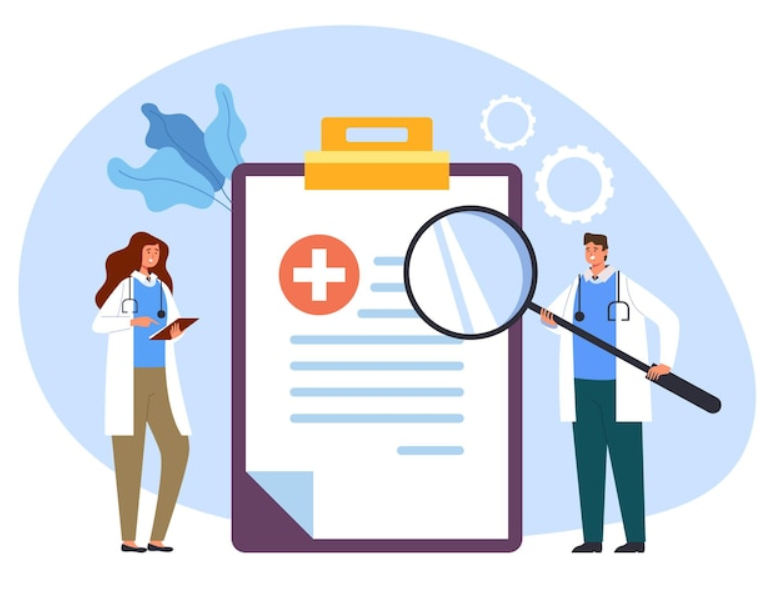Diagnosis
Sinus bradycardia is diagnosed when the heart rate, originating from the sinus node, is slower than the normal range, typically below 60 beats per minute. Diagnosis involves a comprehensive examination of the patient's medical history, focusing on symptoms such as fatigue, dizziness, or fainting. Electrocardiogram (ECG) is a primary diagnostic tool to confirm the presence of sinus bradycardia and to assess the overall cardiac rhythm. Holter monitoring may be used for prolonged observation, especially if the bradycardia is intermittent or related to specific activities or times of the day.

